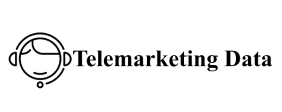What is internal link building
When people talk about link building, it is almost always about building links from external websites to yours. Not entirely correct, because internal link building is extremely important. Google crawls websites using internal links. The Google bot enters your homepage and then clicks on all kinds of links that are on your homepage. If the internal links are not correct, Google will never be able to crawl your website correctly. In addition, with internal links you also ensure that visitors can easily find their way on your website.
What does internal link building consist of?
In-content links
Header menu
Breadcrumbs
Footer links
These four different types of internal links are all crucial for the proper functioning of a website and each have their own function. However, the goal of the different internal links is the same: to make it easy for both the visitor and Google to click through your website.
In-content links are links that are incorporated into the text. For example: German link building . In-content links are interesting to Google because they have context around them. Thanks to the context, Google understands whether it is telegram database users list logical or not that the word ‘Link building’ in this paragraph is a link or not. When it is logical that a certain word is linked, Google values this higher, and it also increases the user-friendliness of your website.

The Header Menu is the central menu of your website
This menu contains all your important categories and other important pages. A characteristic of the header menu is that it appears on every page on your website, and every page in your header menu therefore has at least as many v primerih prometnih nesreč internal inlinks as there are pages on your website. Due to this amount of inlinks, every page automatically gets relatively high value. However, there is certainly a difference whether aleart news a page is directly at the top left of the menu or tucked away at the bottom: Google also reads from top to bottom and from left to right. A big difference with in-content links is that there is no context in the header menu and Google therefore has a harder time understanding what a link means.






